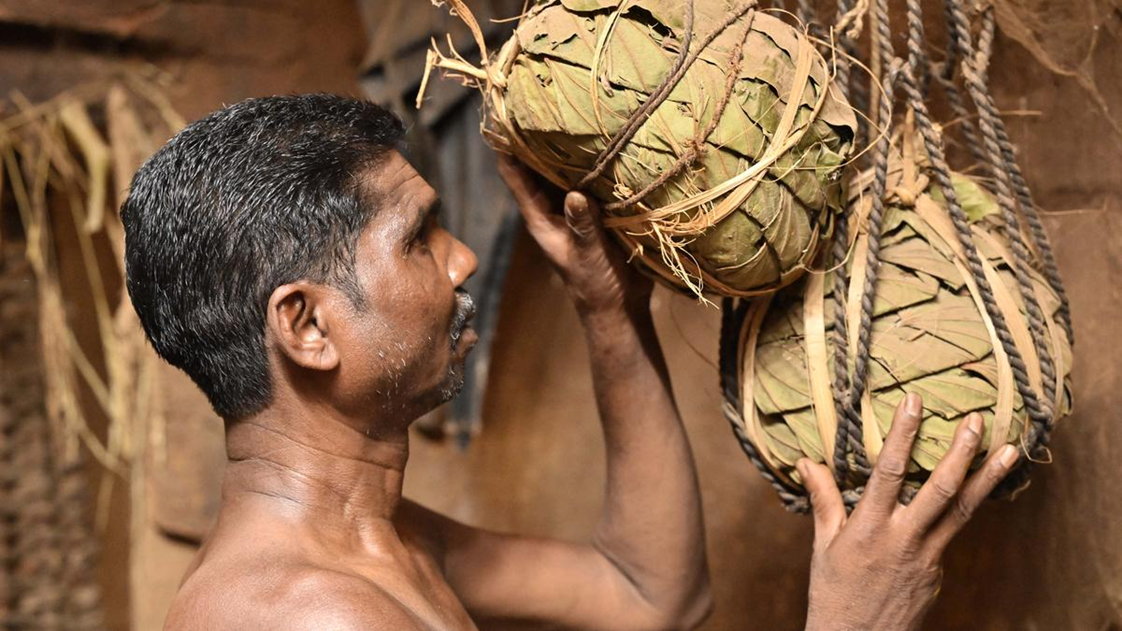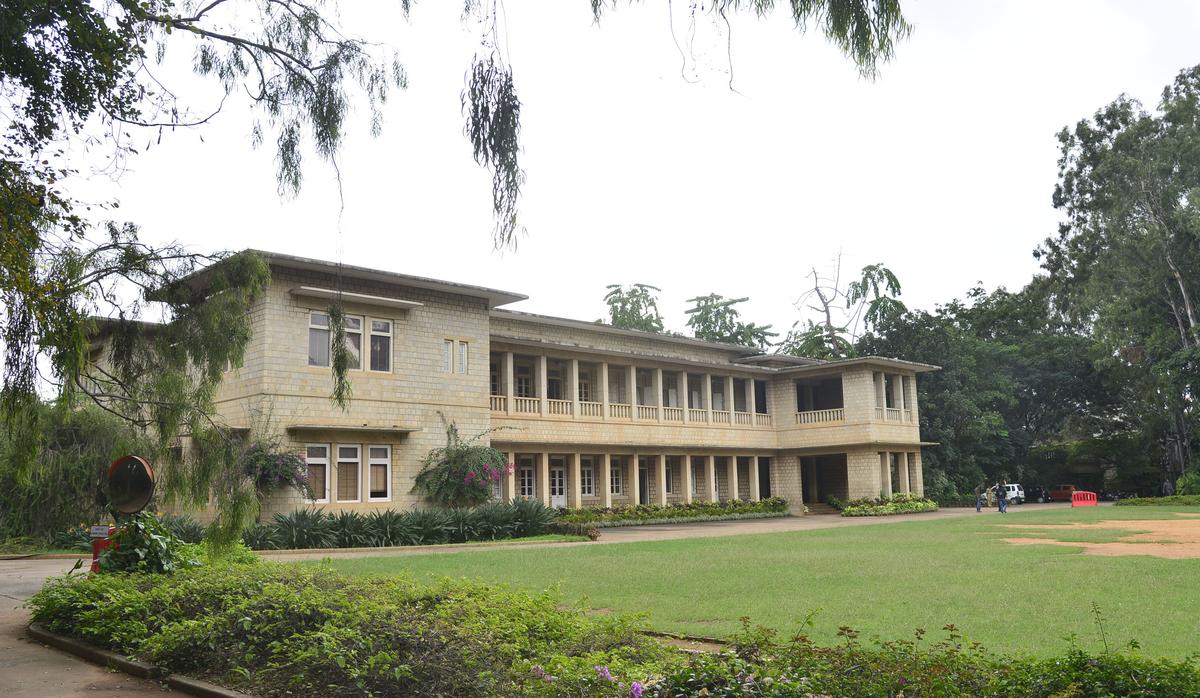- Courses
- GS Full Course 1 Year
- GS Full Course 2 Year
- GS Full Course 3 Year
- GS Full Course Till Selection
- Online Program
- GS Recorded Course
- NCERT (Recorded 500+ Hours)
- Polity Recorded Course
- Geography Recorded Course
- Economy Recorded Course
- AMAC Recorded Course
- Modern India, Post Independence & World History
- Environment Recoded Course
- Governance Recoded Course
- Science & Tech. Recoded Course
- International Relations and Internal Security Recorded Course
- Disaster Management Module Course
- Ethics Recoded Course
- Essay Recoded Course
- Current Affairs Recoded Course
- CSAT
- 5 LAYERED ARJUNA Mentorship
- Public Administration Optional
- ABOUT US
- OUR TOPPERS
- TEST SERIES
- FREE STUDY MATERIAL
- VIDEOS
- CONTACT US
Deda Method: A Traditional Seed Preservation Technique
Deda Method: A Traditional Seed Preservation Technique
20-05-2024

The Deda method is a traditional method of seed preservation practiced by Muria tribal farmers, primarily in the Godavari Valley forests.
- This method has been passed down through generations and ensures the protection and viability of seeds for up to 5 years.
About the Deda Method:
1. Seed Preservation Technique:
- The Deda method involves preserving seeds in multiple layers, creating a protective casing to safeguard them from pests and worms.
2. Preparation of Deda:
- The Deda Method is a traditional seed preservation technique practiced by the Muria tribal farmers.
- It involves wrapping seeds in Siali leaves (Bauhinia vahlii), layering them with wood ash and lemon leaves, and then sealing them airtight to form a package called a "deda."
- Each deda can hold up to 5 kg of seeds and protect them from pests and maintain their viability for up to five years.
- This method is particularly effective for preserving pulses like green gram, red gram, black gram, and beans.
- It is an eco-friendly and sustainable way to ensure seed security and promote agricultural biodiversity.
3. Advantages of the Deda Method:
-
Protection from Pests and Worms: The Deda method provides excellent protection against pests and worms, ensuring the viability of seeds for an extended period.
-
Long-Term Storage: Seeds stored using the Deda method remain viable and suitable for cultivation for up to five years.
-
Preservation of Pulses: This method is particularly effective in preserving the seeds of pulses such as green gram, red gram, black gram, and beans.
Key Facts about the Muria Tribe:
1. Location:
- The Muria tribe is primarily found in the states of Telangana, Andhra Pradesh, Chhattisgarh, and Odisha.
- The Muria are an indigenous Adivasi, scheduled tribe Dravidian community of the Bastar district of Chhattisgarh, India. They are part of the Gondi people.
- They speak Koya, a Dravidian language.
2. Internally Displaced People:
- Their settlement lies within ‘India’s Red Corridor’ on the Andhra Pradesh-Chhattisgarh border hit by Naxalism, and stands as an oasis within a reserved forest, protected by stringent laws prohibiting settlement and deforestation.
- Muria settlements are known as habitations of Internally Displaced People (IDPs), with a population of approximately 6,600 in Andhra Pradesh.
- Native tribes refer to them as ‘Gutti Koyas.’
3. Progressive Perspective:
- The Muria tribe has a progressive outlook towards marriage and life in general.
- A notable example is the Ghotul, a commune or hostel that aims to create an environment for Muria youth to understand their sexuality.
4. Scheduled Tribe Status:
- While the Gutti Koyas held Scheduled Tribe (ST) status in Chhattisgarh, they were not granted ST status in their migrated states like Telangana.
ABOUT GOND TRIBE
- They are one of the largest tribal groups in India, predominantly residing in Madhya Pradesh, Chhattisgarh, Maharashtra, and Andhra Pradesh.
- The name Gond comes from Kond (means green mountains).
- Main occupation is Agriculture or daily wages.
- Their native language, Gondi, belongs to the Dravidian family.
- They believe in animistic belief system, where they worship nature spirits and deities. They also revere ancestors and have a rich tradition of folk worship
- They have subdivided into various tribes such as raj Gonds, Madia, Dhurve etc.
Q3. With respect to the Muria Tribe, Consider the following statements:
1. They are part of the Gondi people.
2. They are predominantly agrarian people.
3. They practices a hybrid of animistic and Hindu doctrines.
How many of the statements given above is/are correct?
(a) Only one (b) Only two
(c) All three (d) None
Must Check: Best IAS Coaching In Delhi



